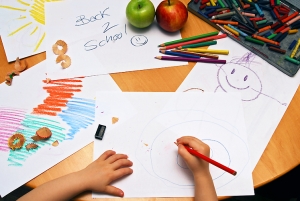Order and Chaos
This post was originally published on October 6, 2009:
No significant reading going on around here — at least, not for me. I can’t seem to find a book to sink into. I’m reading Lloyd Alexander’s Book of Three to my daughters, though, and I think I’m enjoying it as much as any independent adult reading I could ask for (even though it’s at least the third time I’ve read it).
It’s an example of something I’m discovering about myself as an educator: I’m a multiple personality at best. Though I’ve pored many times over The Well-Trained Mind – it’s what tipped the scales and persuaded me to try home educating my children — I’m realizing that there are some ways I’ll never be a good classicist.
One way is that I’m a Latin skeptic. My third-grader is learning Latin this year, and it’s going very well. But I’m unconvinced that it’s essential. We may continue, or we may not.
Another way — the way I was thinking of regarding The Book of Three — is our helplessly eclectic reading. There is a beautiful unity in classical education as laid out in WTM: children hone their reading skills and fill their minds with facts by reading real stories that are tied to what we’re studying in history, and sometimes in science.
But around here, we have perpetual animal interests; our library choices always reflect the obsessions of the week. Right now it’s butterflies for my youngest, wolves for my eldest. My eldest is fascinated by the ancient Greeks, even though we’re studying the pilgrims in history. We haven’t studied the periodic table of elements yet, but when she wanted to melt aluminum foil and make her own money, we cracked open The Periodic Table and found the boiling point of aluminum, whereupon she investigated a number of other elements.
Last but not least, there’s an order about classical education that appeals to me, but I wonder if it gets completely lost in the whirlwind. Three times — once in each stage of the trivium — a student moves through the cycle of history chronologically. The same thing happens in science: biology, earth science and astronomy, chemistry, physics; then start over again in the next four-year cycle; then repeat it again in the next, going into greater depth and detail each time.
But what becomes of my youngest? I guess I had a false picture at the beginning of all this, a picture of a child’s mind as a blank slate on which an orderly outline would be inscribed. But my youngest picks up bits and pieces of everything, every which way. Last year in nursery school, on opposites day, she introduced her classmates to the word “antonym” — a word from her second-grade sister’s grammar book. She warned her Sunday school friends about the danger of Tornado Alley. She entertained a group of mothers at a nursery school Easter egg hunt with the alarming tale of Joan of Arc.
All of this to say that what’s being presented doesn’t really feel like this:
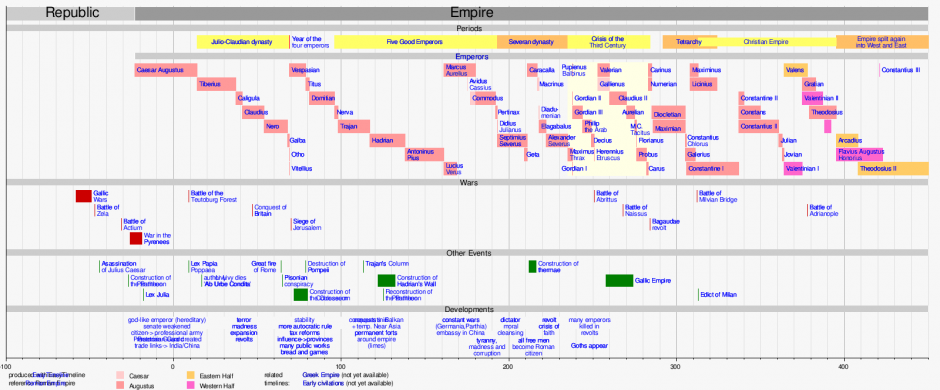
Or this:
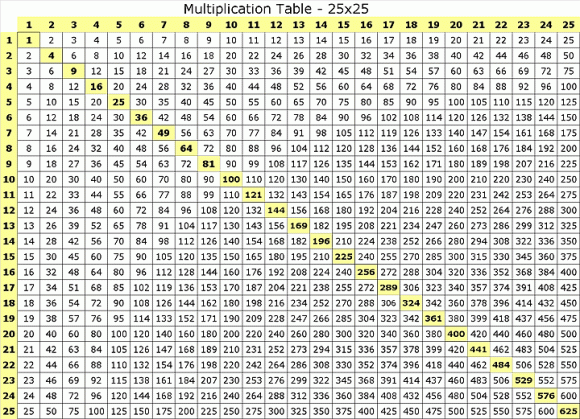
Or even this:
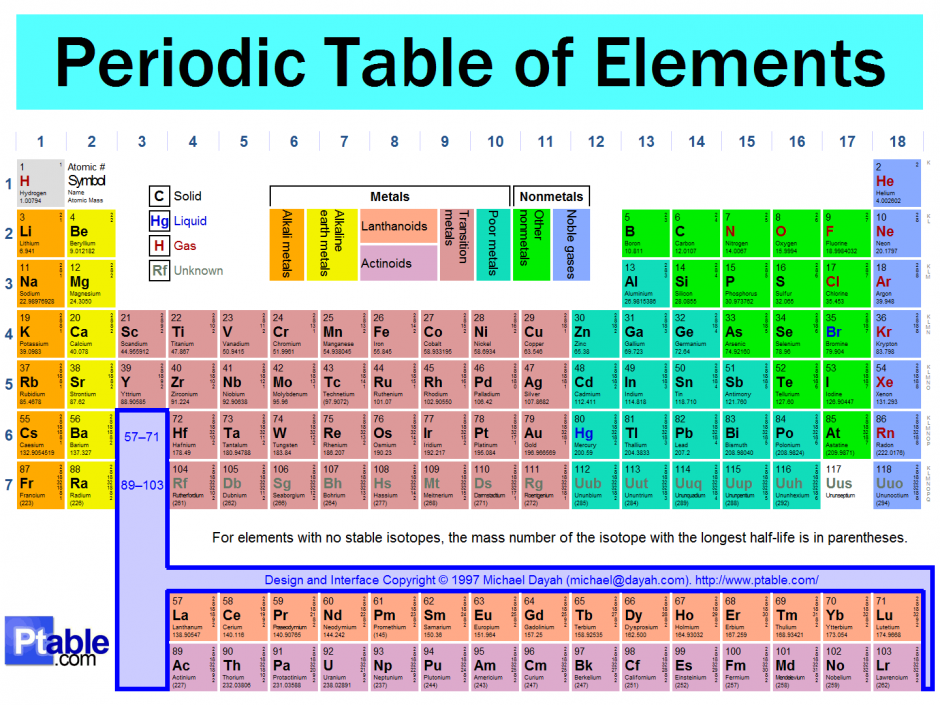
But more like this:
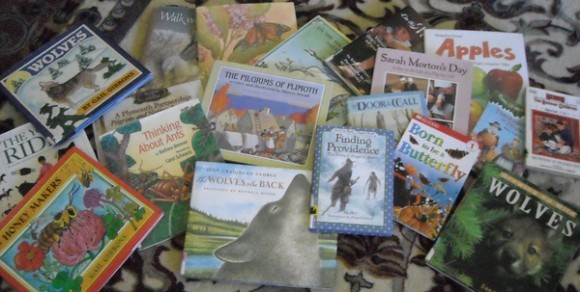
It’s not the most profound insight, is it? And of course our family is not unique in this. But it’s an important realization for me. It reminds me that our home education enterprise is not a long process in which I spoon-feed bits of material according to a rigid structure; it’s a voyage in which they respond to a wide world of knowledge. It reminds me of how amazing their minds are, standing in a gale-force wind of information and sorting it into orderly structures. But it’s their minds that do that, not a fool-proof order that we follow in a vacuum.
I’m not throwing out the order, by the way. We’re going to keep reading about the Pilgrims, keep studying history chronologically, keep implementing the art of repetition. But whatever model takes shape in their minds will conform to the real world: a place where we’re surrounded by marvels at all times, and we come to know and understand things in relationships.
